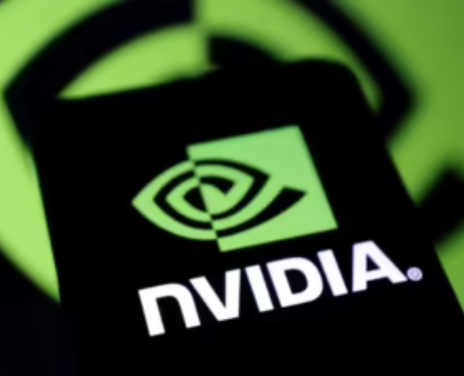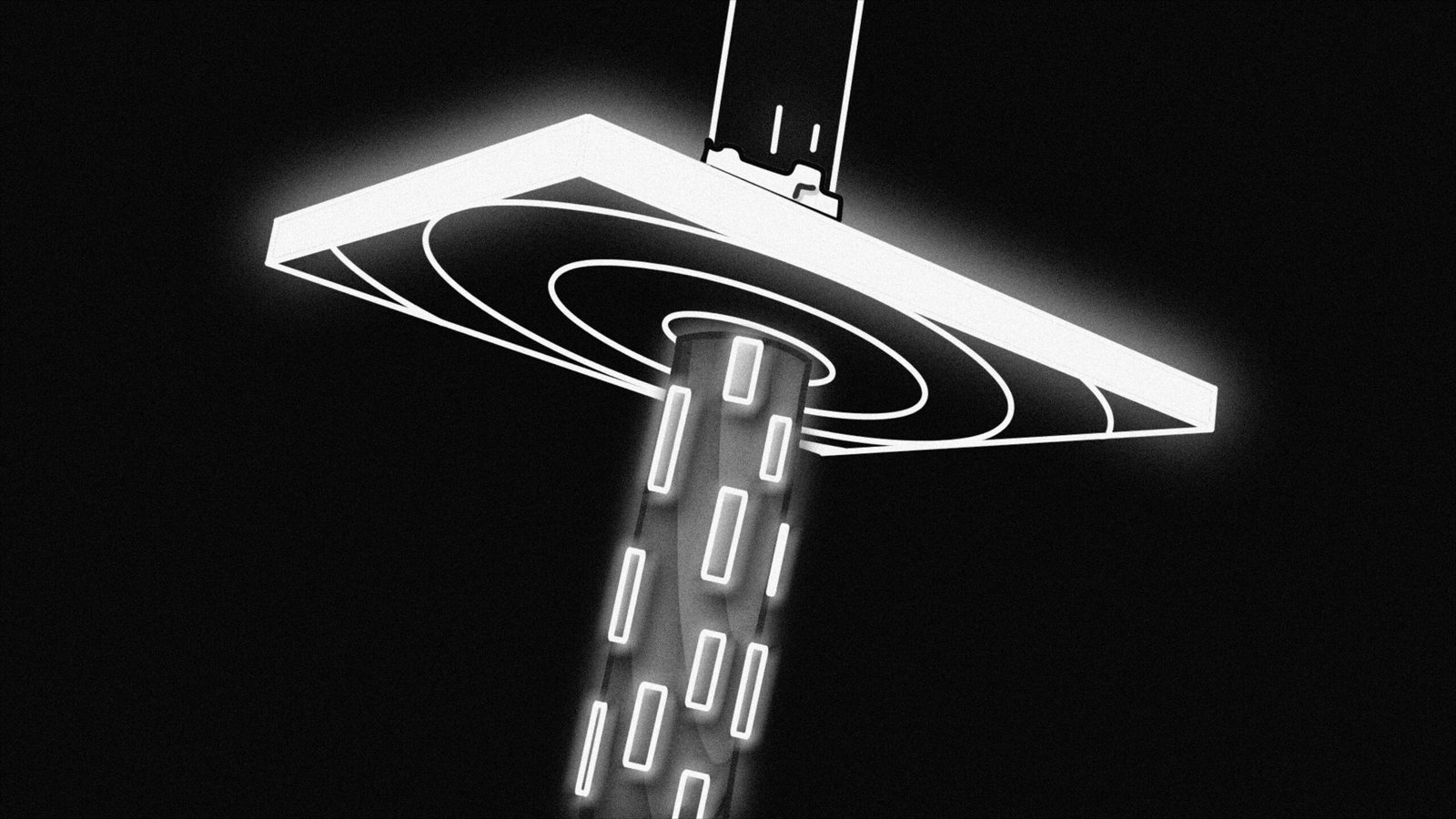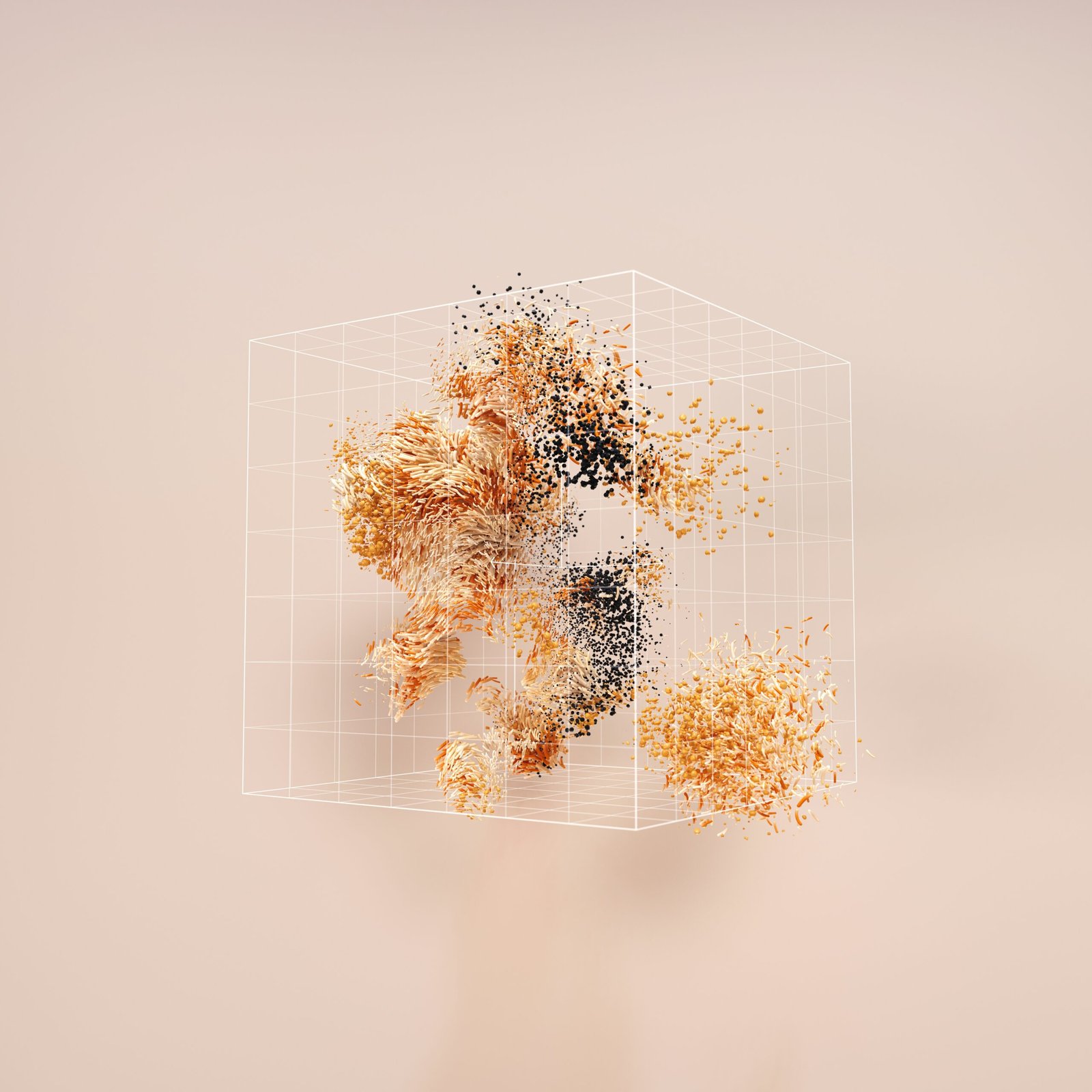The AI industry is growing and evolving at a fast pace, needing new ways to train models more efficiently with parallel processing and better performance. Nvidia recently revealed the Blackwell architecture, which features modular AI training systems that fundamentally change the development and implementation of large-scale AI models.
Defining Modular AI Training
Monolithic systems, with a single computing resource or center, are responsible for the whole ‘training workload,’ is how traditional AI training is done. While this method works well, it can be inefficient when it comes to more complicated and larger models.
Through modular AI training, the designated task is divided into smaller tasks or units, optimizing one’s workflow. The optimization of tasks will enable better scaling of complex tasks, accelerate the training processes, improve resource utilization, and make the entire process more efficient, especially when dealing with extensive AI resources.
Nvidia’s Breakthrough Blackwell Architecture
Nvidia’s Blackwell architecture comes with integrated AI modular training support. Here is the breakdown,
- Better Computing Efficiency: Blackwell’s GPUs offer better performance over earlier GPUs. As an example, in MLPerf Training v4.1, Blackwell GPUs showed up to 2.2x increase in performance per GPU in LLM benchmarks which include Llama 2 70B fine-tuning and GPT-3 175B pretraining.
- Advanced Memory and Bandwidth: Blackwell GPUs come equipped with HBM3e memory, supporting 192 GB of memory and also memory bandwidth of 8 TB/s, ensuring faster access and processing to the massive amounts of data modern AI models entail.
- Scalable Interconnects: The fifth generation NVLink interconnect system enables complete communication of up to 576 GPUs, allowing easier scaling of AI workloads across multiple modules.
- Second-Generation Transformer Engine: Blackwell introduces a new transformer engine with second generation features which use advanced algorithms for dynamic range management and coarse-to-fine scaling yielding higher accuracy for LLMs and MoE models.
Without a doubt, these features give us a deeper understanding of the acceleration options Blackwell offers in AI training, helping revision.
The Real Consequences. Expanding possibilities of accelerating AI training are dire.
Lastly, these stunning feats when training Meta’s Llama 3.1 405B model—an extraordinarily intricate, open-sourced AI model with trillions of parameters—Nvidia’s Blackwell chips completed the task in an astounding 27 minutes with 2,496 chips. This is now verifiable in the documents. NVIDIA’s Blackwell Blackwell-hopper-mark-a-new-era-in-ai-chips-overclocked-chips-rules-of-256nm-finite-die-fabrication-multi-threaded-die-computation-(mdtc), which claimed it was more than 2x faster per chip than GPU’s previous generation mark over Hoppers.
It does reduce time and financial expenditure, of course, but probably improves the power consumption implemented by diesel-powered power plants for 2060 FSD trucks.
The Future of AI Training
Striking to fathom the essence—while the complexity of deep learning is expected to increase, having dynamic scaffolding available becomes a priority and Nvidia’s Blackwell architecture seems to be the answer. With support for modular AI training and threaded multi-core dynamic-die frameworks, they serve these expanding demands.
Faster, scalable, and more efficient deep and AI training instill growth not just into the prowess of an evolving Blackwell system, but into innovations enabling the field’s advancement, Blackwell set to reshuffle the benchmarks in future AI.
Last Thoughts
Modular AI training offers a new perspective AI development at an unprecedented scale. The modular architecture of Blackwell from Nvidia systems seems to take the lead in this development, providing the requirements and infrastructure needed to support the demands of the AI industry.
Companies aiming to deepen their market penetration will have to invest in highly sophisticated modular training frameworks powered by Nvidia’s Blackwell technologies.


